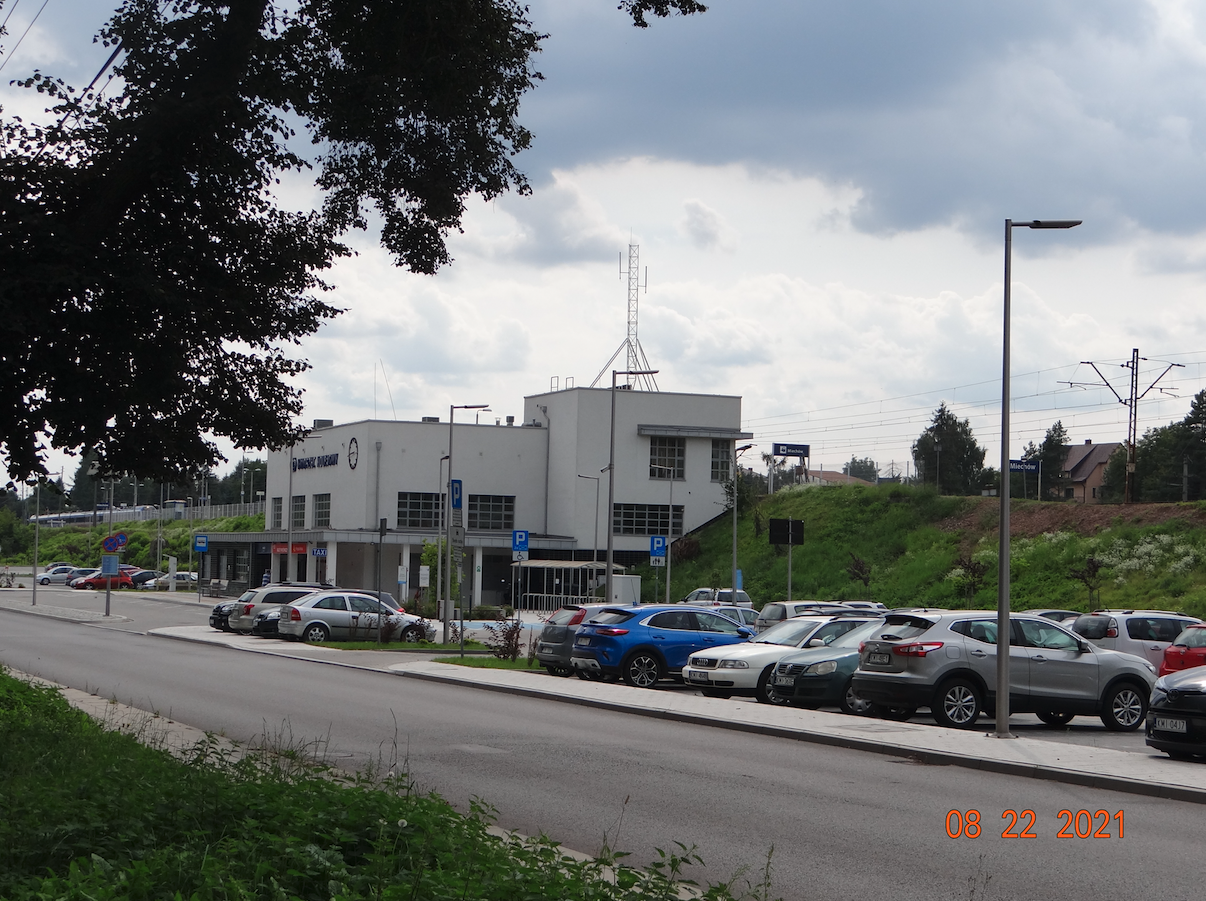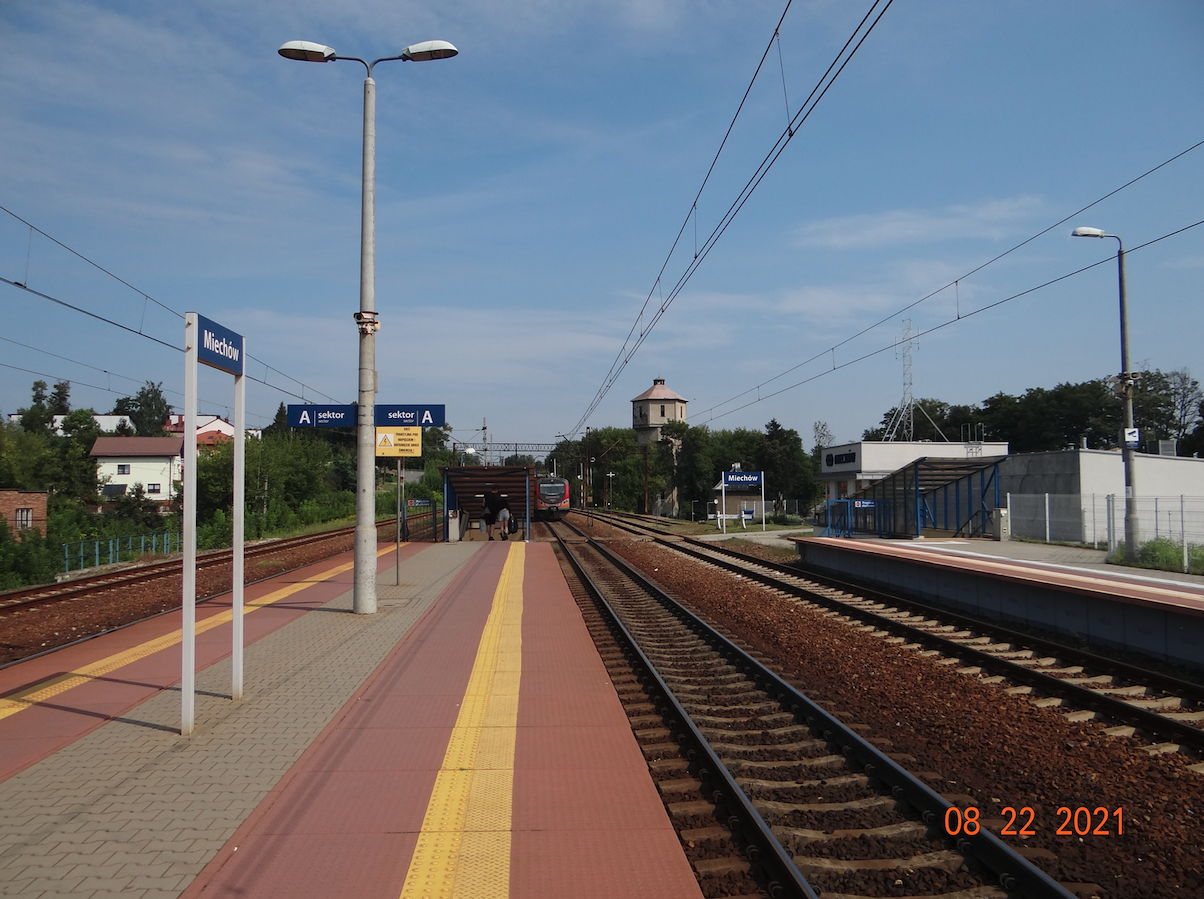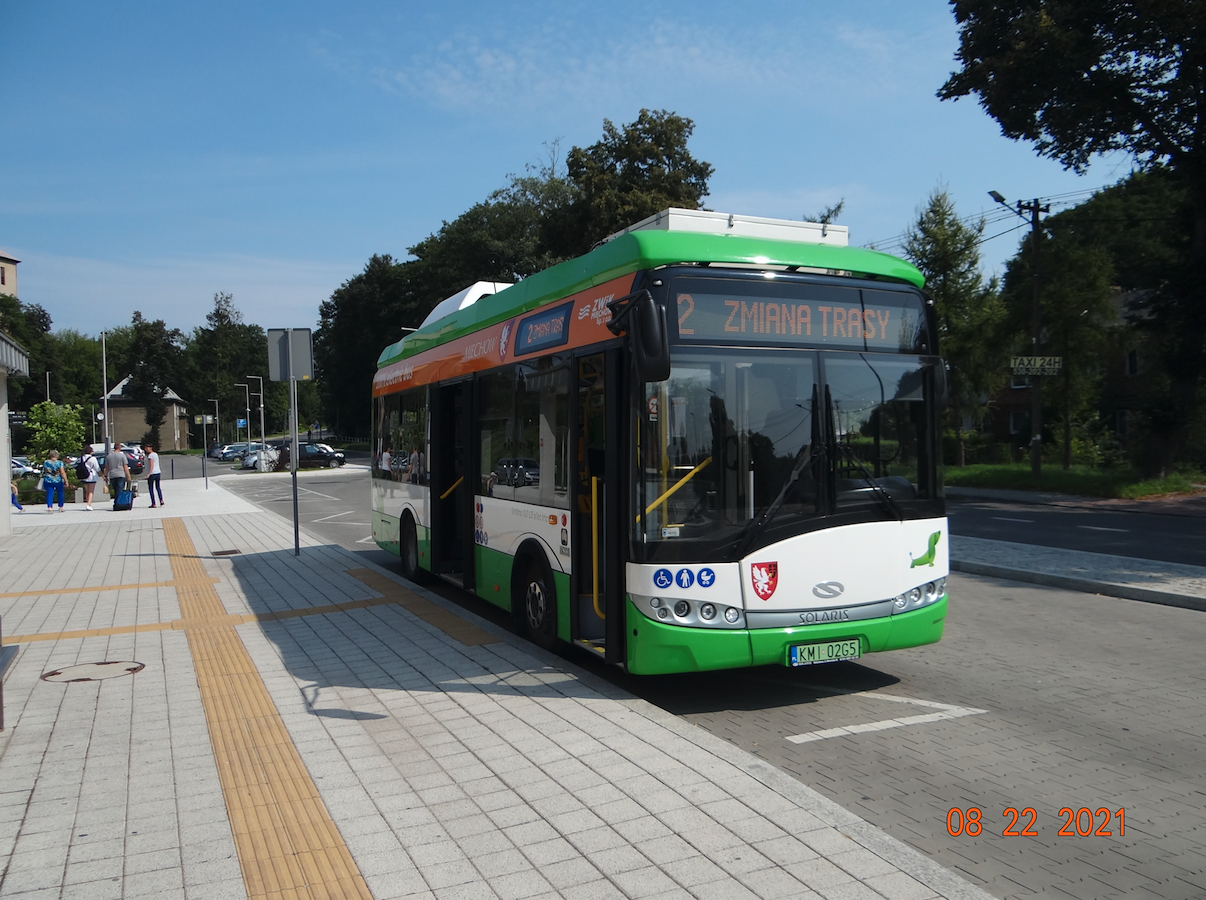Miechów 2021-08-25
Miechów.



Miechów is a town in the Lesser Poland Voivodeship. It is the seat of the Miechowski poviat and the Miechów urban-rural commune. Miechów is situated 41 km from Kraków and 78 km from Kielce. Miechów is situated on the Miechówka stream, in the Miechowska Upland, which lies in the Małopolskie and Świętokrzyskie voivodeships. It is part of the Nidziańska Basin. It has a very varied topography. There are numerous hills and valleys. It is a typically agricultural area with small forest areas. Agricultural land constitutes as much as 88% of the commune's area. In 2019, the city of Miechów had 11,569 inhabitants and has an area of 15.49 square kilometers. Important communication routes run through the city of Miechów in the north-south (national route E-7) and east-west (provincial road 783). The A-7 motorway will be completed soon. From 2020, there is public transport in Miechów operated by electric buses.

Railway in Miechów.
The railway route No. 8 Warszawa Zachodnia - Kraków Główny runs through Miechów. The trail is two-track, and in small sections it is single-track (near Kraków and Warsaw). The trail is electrified as one of the first in Poland. The trail is 317 km long. The most important cities on the route are: Warka, Radom, Skarżysko Kamienna, Kielce, Sędziszów, Kozłów, Miechów and Słomniki. There are 77 stations and stops along the entire route. The route is used for passenger and freight traffic.
The section between the Tunel - Radom stations was part of the Iwanogrodzko-Dąbrowska Railway. The Ivangorod-Dąbrowska railway (Russian Ивангородо-Домбровская железная дорога, Ivangorodo-Dombrowskaya Żeleznaja doroga, also the Żelazna Iwangorodzko-Dąbrowska road, also the Dąbrowa Iron Road was built in the period of 18 and 85 km. However, it should be remembered that the Russians deliberately did not develop railroads in the Kingdom of Poland in order to hinder the enemy from any possible military operations. a construction permit was issued for the route from Iwangorod (Dęblin) to Dąbrowa (Dąbrowa Górnicza).
When Poland regained independence (1918), the route was converted to standard gauge. In 1934, sections were added that connected the Tunnel - Kraków Główny and Radom - Warsaw West. The new sections shortened the route from Warsaw to Krakow, bypassing Silesia.
In the 1960s, the trail was electrified. On May 28, 1960, the section Kraków Batowice - Kraków Główny was electrified. On December 22, 1961, the Warszawa Zachodnia - Czachówek Południe section was electrified. The next electrified sections are: September 8, 1966, Sędziszów - Tunnel. April 29, 1967, Kielce - Sędziszów. October 1, 1967, Zagnańsk - Kielce. December 28, 1967, Radom - Zagnańsk. April 22, 1968, Tunel - Krakow Batowice. November 21, 1969, South Czachówek - Radom.
Written by Karol Placha Hetman
